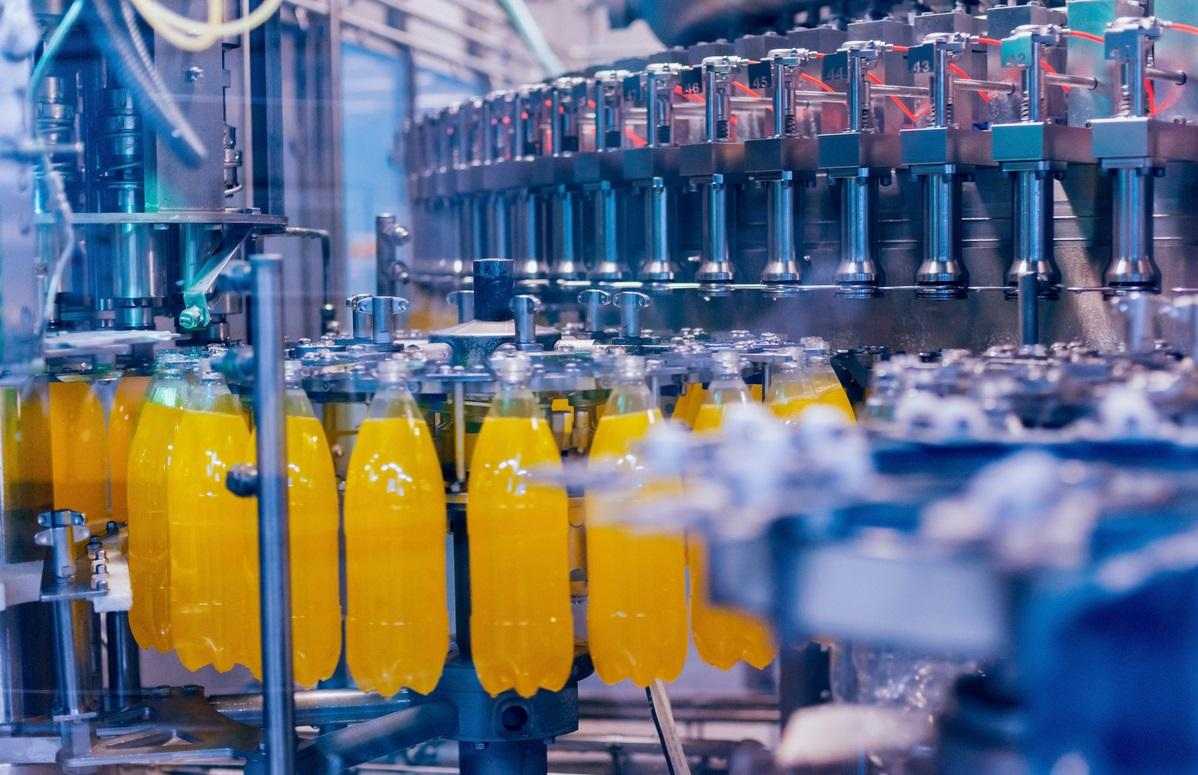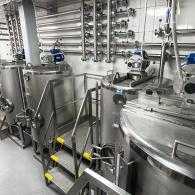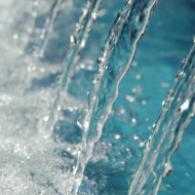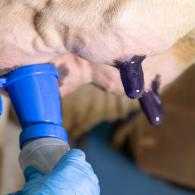What are Preservative Resistant Yeasts?
Preservatives are used to prolong the shelf-life of foodstuffs and protect them against spoilage or deterioration caused by microorganisms. Preservative resistant yeasts are organisms which are resistant to the preservatives and are capable of forming and growing in beverage products, resulting in spoilage and waste. Two of the most prevalent are Zygosaccharomyces and Saccharomyces.
Where do Preservative Resistant Yeasts originate?
Preservative resistant yeasts can originate from the ingredients, manufacturing equipment or manufacturing environment.
Ingredients
Ingredients used in the beverage production process can be sources of contamination. When receiving product ingredients several factors should be considered:
- Is the supplier following best practice programs to produce a microbiologically safe product?
- Does the supplier enclose a COA (Certificate of Analysis)?
- Is the ingredient received into and stored at the facility under HACCP (Hazard Analysis and Critical Control Points) or other regulatory guidelines?
To ensure the ingredients used in these products are free of preservative resistant yeasts or other potential spoilage or pathogenic organisms, the suppliers’ facility should follow a GFSI (Global Food Safety Initiative) approved program such as SQF (Safe Quality Foods) or BRC (British Retail Consortium). ISO (International Organization for Standardization) certification is another option.
A COA states that the ingredient was manufactured in compliance with specific conditions designated by regulatory guidelines and specific customer parameters (if required). Testing for microbiological contamination can be included in the COA.
Ingredients that are damaged during shipment/receiving should not be accepted into the manufacturing plant. Ingredients should be properly stored until use. If an ingredient is only partially used during product and placed back into storage, it should be sealed and dated. All ingredients should be used as FIFI (First In First Out).
Treated water used for making the product is also considered a raw ingredient. Processed water should also be tested to ensure that it has been properly filtered and treated to prevent product contamination.
Commonly used weak-acid preservatives used in beverages are phosphoric acid, which is used as an acidifier in a number of soft drinks, while sodium benzoate and/or potassium sorbate are used in juices. Higher pH beverages such as iced tea and root beer may contain acid or salt-based preservatives like citric acid or potassium sorbate.
Equipment
Manufacturing equipment that is not kept in good working condition, both functionally and hygienically, can become a source of preservative resistant yeasts contamination.
Equipment maintenance, cleaning and sanitizing are the first line of defense a plant has to stop preservative resistant yeasts from contaminating production equipment.
Sanitation is the key to keeping equipment free of preservative resistant yeasts and other detrimental organisms. A sanitation program should be in place that includes detailed instructions on how to clean all equipment in the manufacturing plant. These work instructions are called SSOP’s (Sanitation Standard Operating Procedures). SSOP’s should be as detailed as possible and include but are not limited to:
- The equipment to be cleaned, identified by common name.
- The tools necessary to prepare the equipment or area to be cleaned.
- How to disassemble the area or equipment.
- The method of cleaning and sanitizing.
- Frequency of cleaning.
- Employee(s) responsible for cleaning.
SSOPs can be independently reviewed for effectiveness and compliance as part of a Diversey's SecureCheck.
Cleaning and sanitizing is often focused on the food contact surfaces only. This is a dangerous habit that can become routine and lead to contamination problems over a period of time. All parts of the equipment, internal and external, food contact and structural, need to be cleaned and sanitized to prevent contamination. Areas that are often overlooked and become a source of preservative resistant yeasts, and other contamination, are:
Conveyors
Conveyors are known to be difficult to clean and can harbor microbial contamination. The internal chassis and guards/rails are often hard to reach or inaccessible. They are rarely thoroughly cleaned during sanitation.
Starwheel Complex
Starwheels are commonly only removed from the filler if there is a bottle size change. Star wheels have many parts that overlap or sit directly on the filler equipment surface making them very hard to clean and sanitize if they are not disassembled.
Surface(s) of the Rotary Filler Carousel
No matter the make or model, all surfaces should be cleaned as needed to keep surfaces contamination free.
Support Structures
The base of many fillers, especially on old equipment, can be hard to clean and sanitize. Older fillers made from non-stainless steel metals require soft metal safe cleaners. If SMS cleaners are not used the metal can become pitted and deteriorate. Some are also painted and the paint peels or blisters. The surface pit or paint blisters can easily trap preservative resistant yeasts.
Filler Enclosures
Many fillers have enclosures fabricated with stainless steel and plexiglass. These enclosures can encompass the whole filler or just the filler carousel. All surfaces of the enclosure should be cleaned and sanitized to prevent contamination.
Seamer/Chuck Units
These units are known sources of contamination if not properly cleaned and sanitized. Enclosures or caps left in the seamer or chucker surfaces after cleaning is evidence that these areas have not been properly cleaned. These pieces of equipment often need detailed hand cleaning.
CIP
Equipment that is cleaned in place (CIP) has the potential to become contaminated with preservative resistant yeasts if the CIP system is not working properly. The CIP system should be validated for proper flow, temperature, time and chemical cleaner concentration.
Filler Valves
There are instances where valves become contaminated when the CIP solution is not recirculated through the internal stems. Small O-rings and gaskets can become soiled and can also become a bigger issue if they are allowed to deteriorate. Small cracks or tears in the surface of the rings can potentially trap preservative resistant yeasts.
Production Environment
Environmental areas including floors, drains, walls, and ceilings can also be potential sources of preservative resistant yeasts.
Floors
Floors that are damaged, trap water or have standing water can be contaminated with microorganisms including preservative resistant yeasts. There is no way to clean a floor that has a crack or has water trapped under the surface. The only way to remove the contamination is to repair the floor.
Drains
Drains are a primary source of contamination in a beverage processing plant. Drains should be cleaned daily.
Ceilings and Walls
Ceilings and walls should be free of dust and any other debris including spilled product and dust from powders. Air ducts should also be cleaned. Do not allow dust build-up on blades that can potentially contaminate air coming into the production area. Also, look for water spots that may indicate ceiling or pipe leaks. Air coming into the facility should also be treated, as well as any air used on the line (compressed air, airveyors, etc.).
How to Test for Preservative Resistant Yeasts?
There are many tests specifically engineered to isolate preservative resistant yeast organisms. In the beverage industry, the most common test is to filter either a water or product sample through a membrane, then apply preservative resistant yeast enrichment broth to the membrane and incubate.
However, past experience has shown that other microorganisms can also grow on the media and the potential contamination could be incorrectly determined. Most plants have limited equipment in their in-house labs with many production facilities not having the required laboratory equipment needed to differentiate the organisms, nor the personnel with the appropriate technical background to be able to distinguish between yeasts and bacteria. If growth is found on a preservative resistant yeasts plate, the first step should be to verify that the growth is, in fact, yeast and not a bacteria. This can be accomplished by looking at the organism under a microscope (if there is a qualified laboratory technician trained to perform the task). If it is a yeast, or if the plant laboratory is not able to identify the organism, the sample should be sent to a qualified lab for identification.









